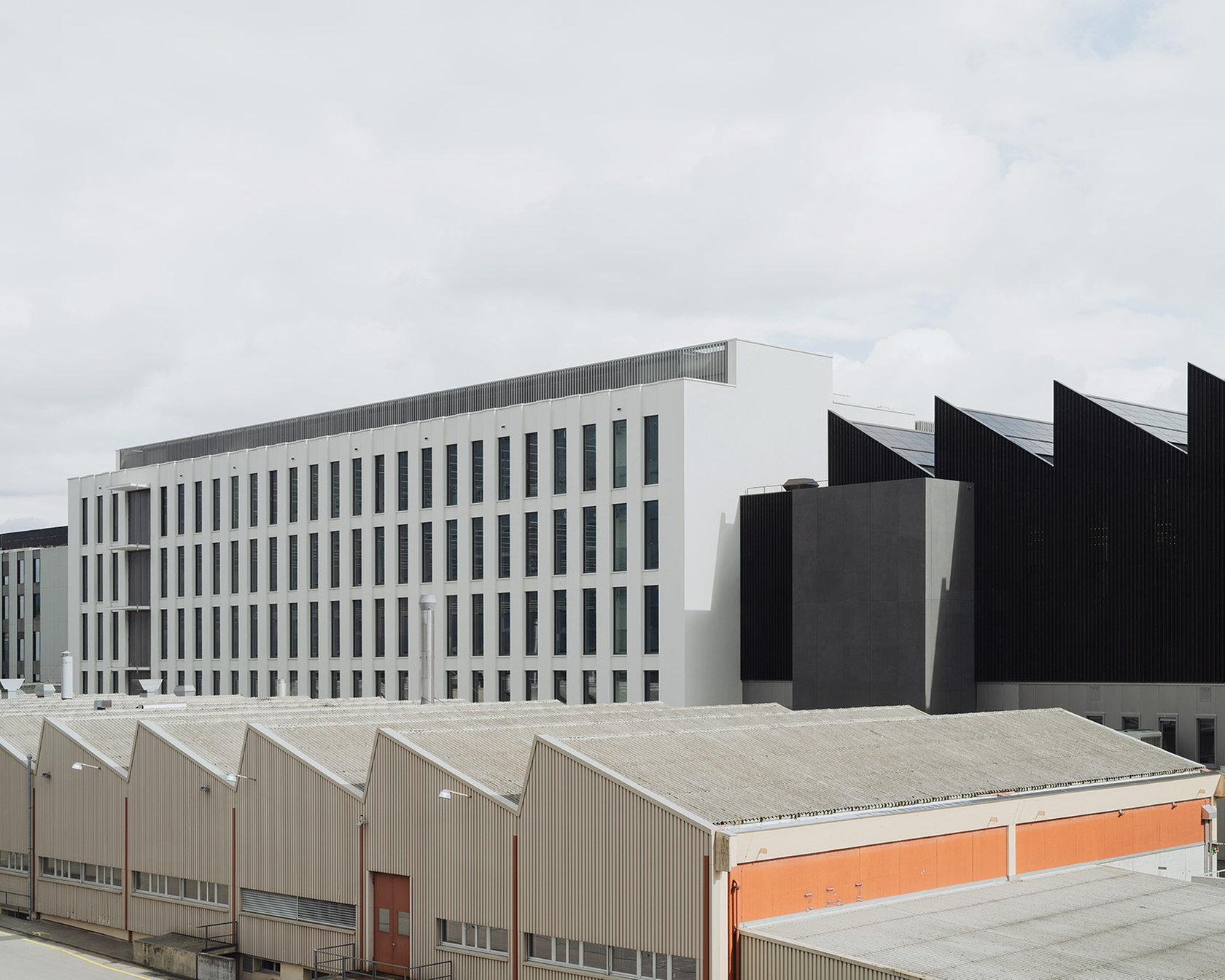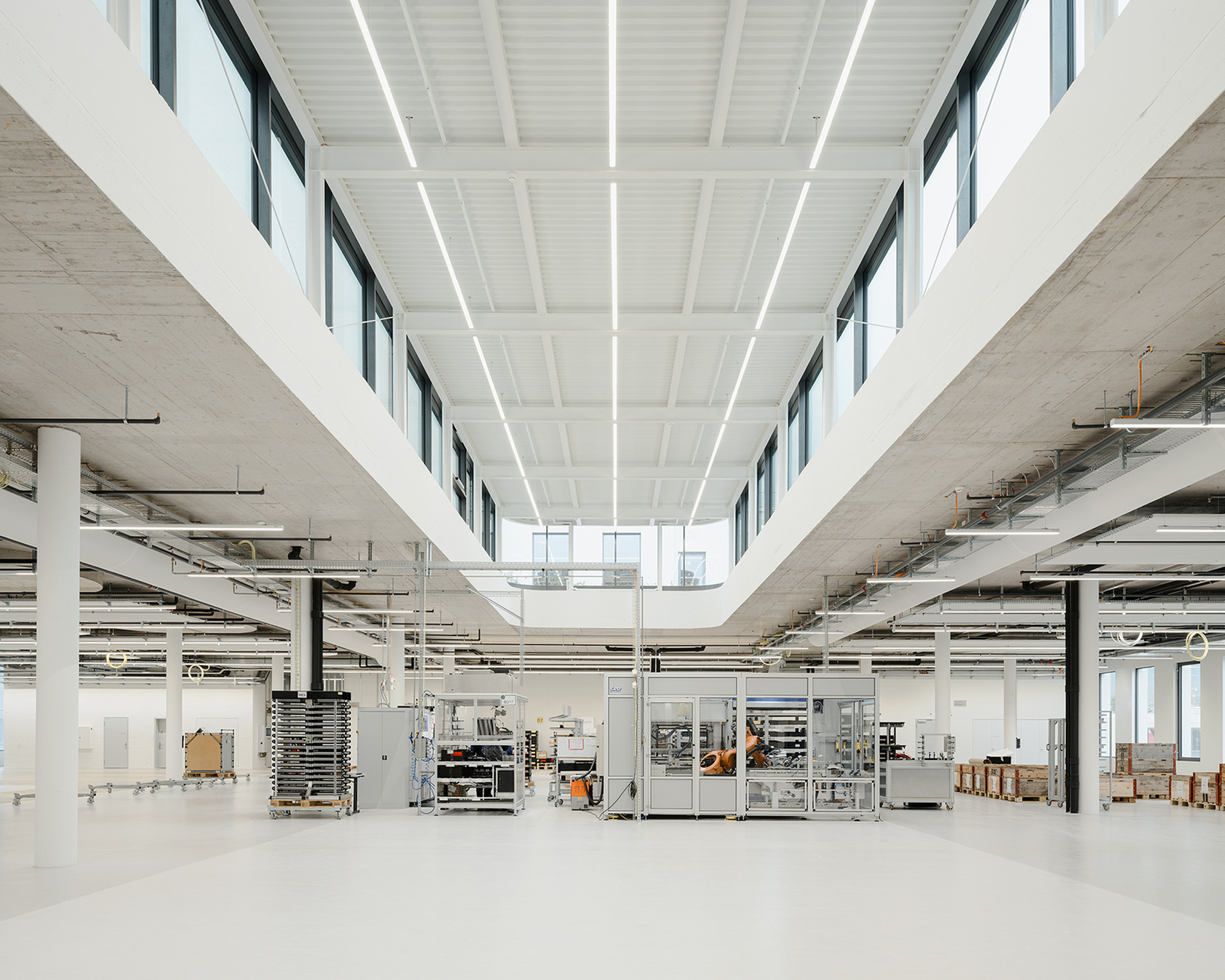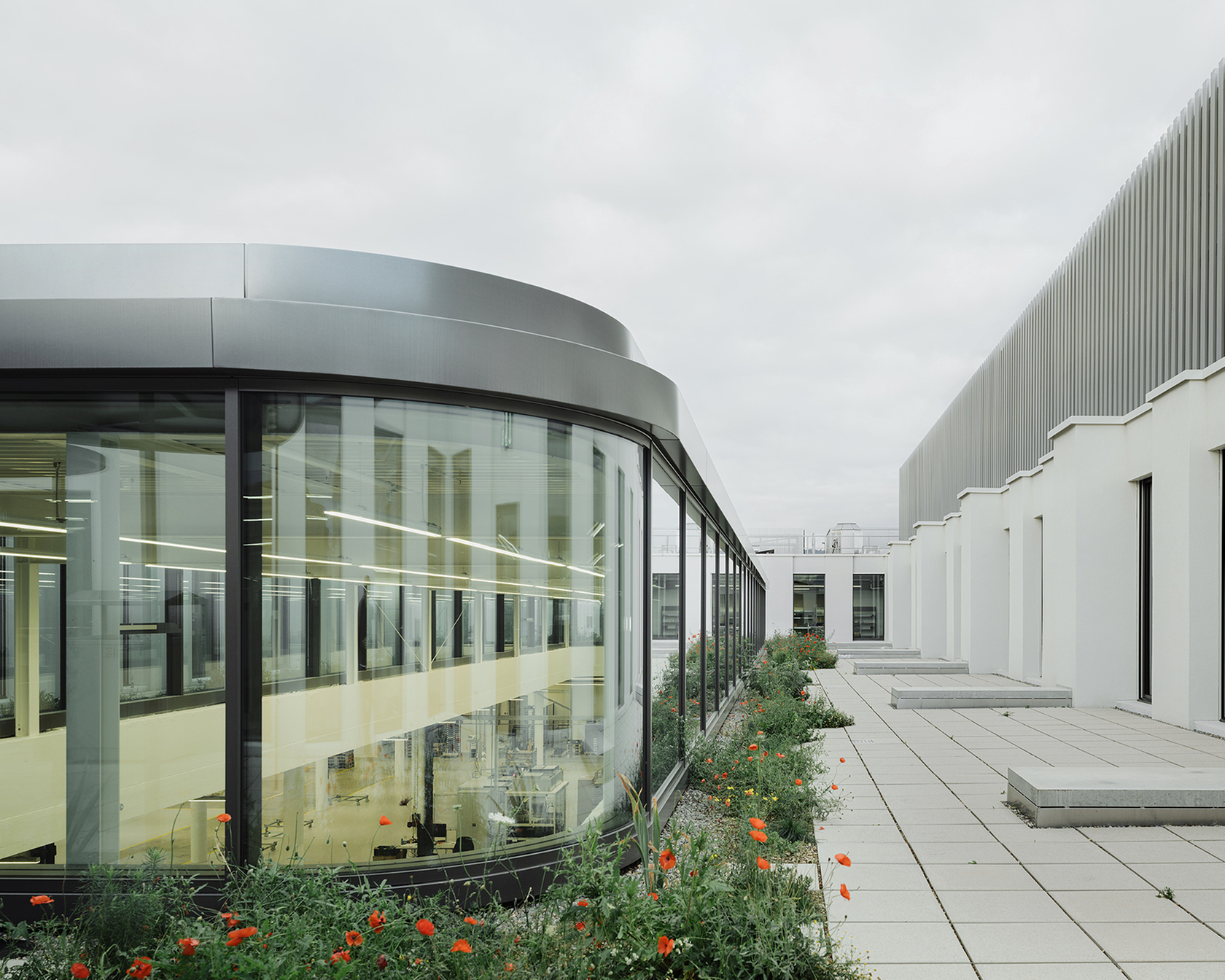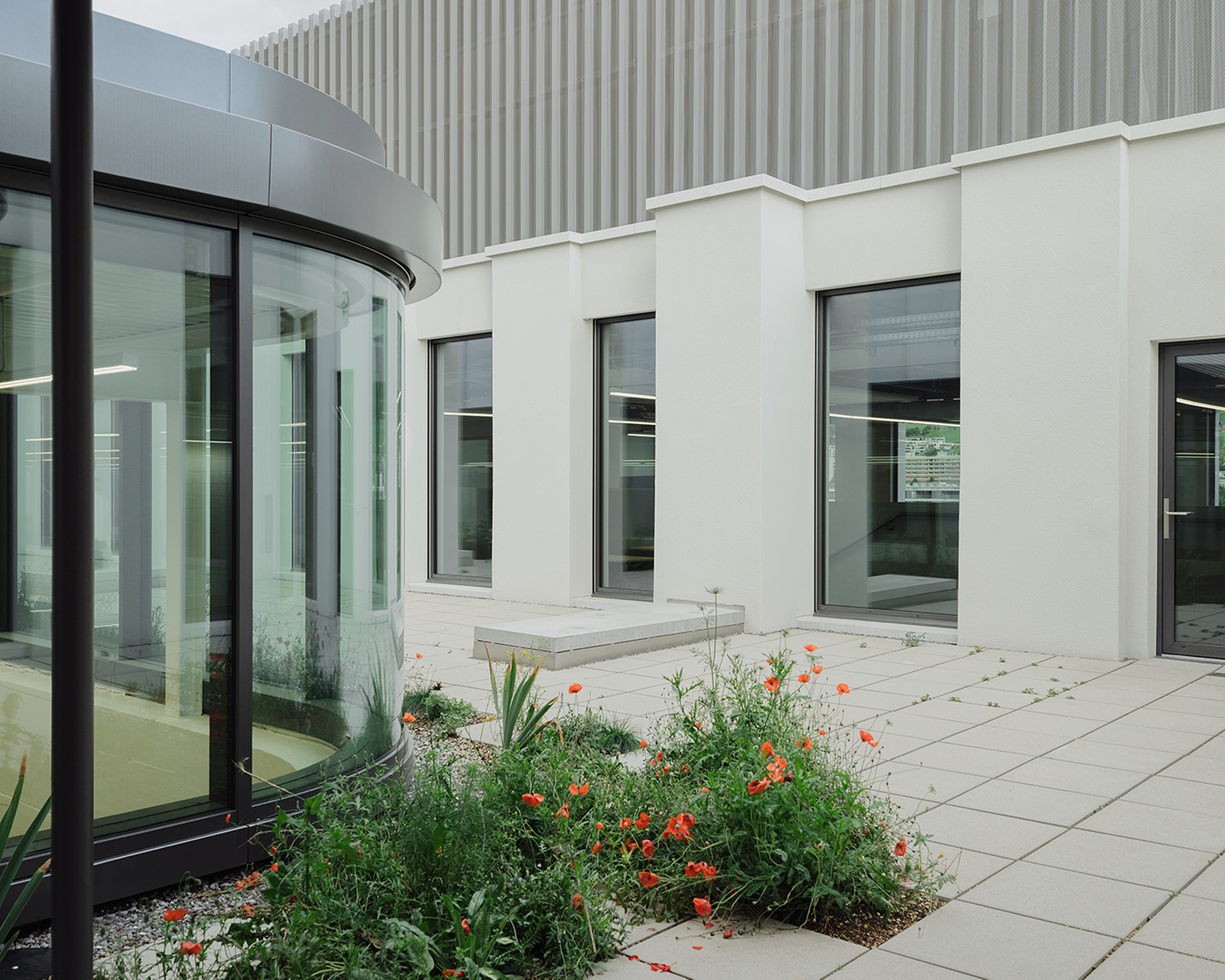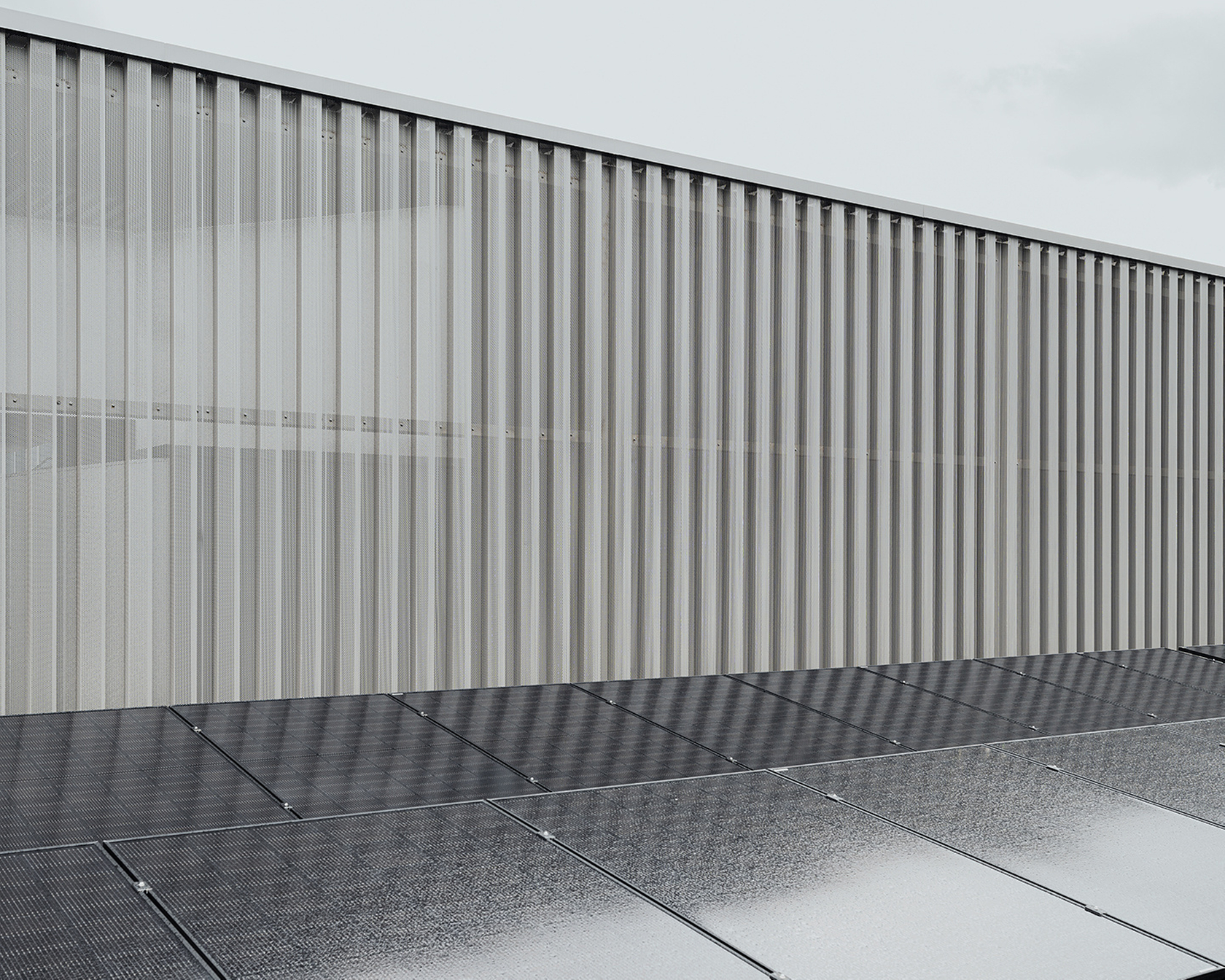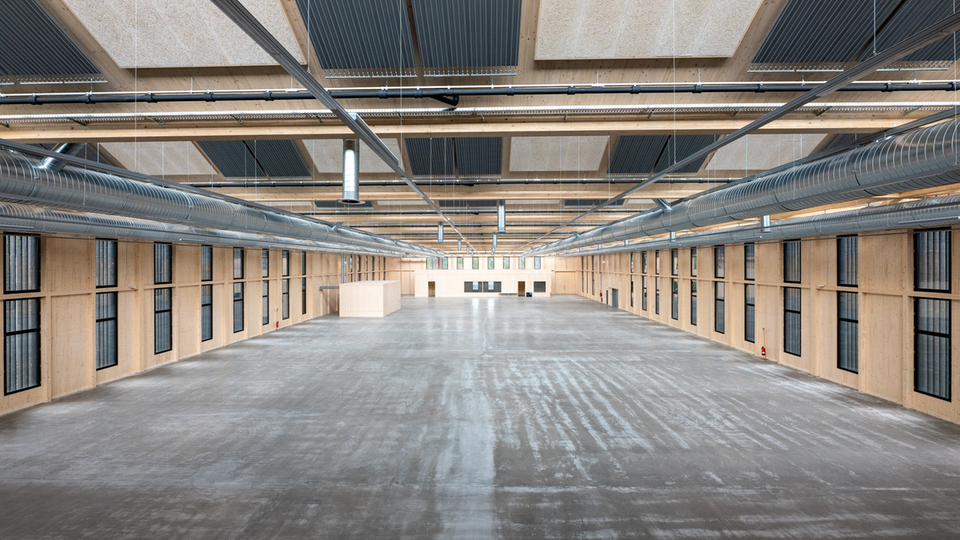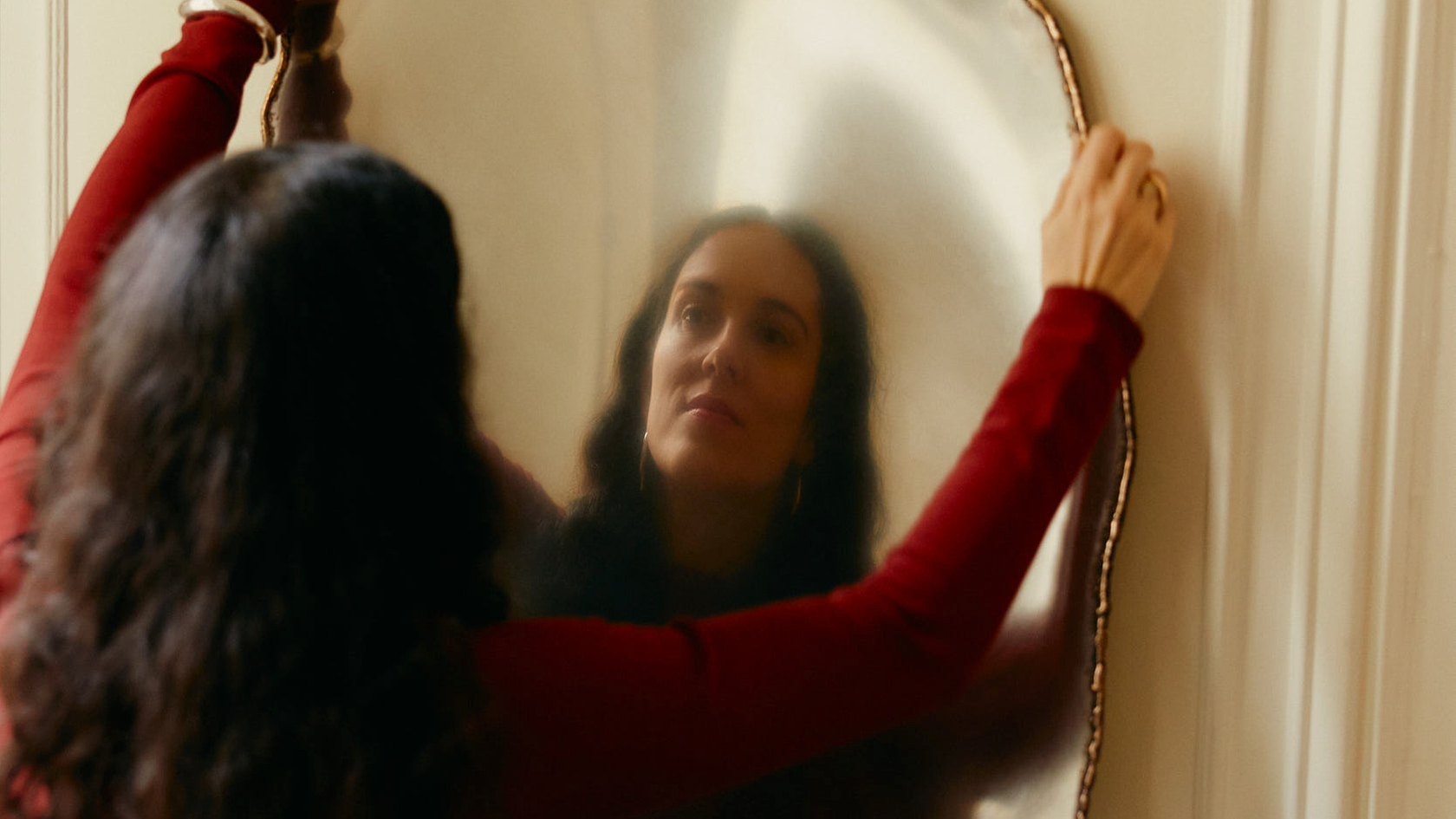When V-ZUG decided to stay and invest in Zug – one of the most populated and expensive areas of Switzerland – the impact on the community and the sustainability of production facilities were two of the main factors to consider, both for managers and architects. So, the concept of a vertical factory was put on the table. «Verticalisation means that the production areas are no longer housed on a single floor. Instead, they are distributed across different levels», explains Markus Estermann, Head of Industrial Automation at V-ZUG. «No longer spread across the site, they are located on six floors». The advantage is that distances are shorter, which in turn helps to optimise processes. Also, using automated logistics, the company can streamline movements: shorter chains lead to higher efficiency.
Thanks to the vertical factory, V-ZUG is giving up 60% of the land of its original site. «We can save space and at the same time ensure that growth ambitions can be achieved», says Adrian Theiler, Chief Operations Officer. «It’s a generational change for the production and logistics facilities, which brings a significant contribution to the modernisation of the company as a whole». Speaking of innovation, Zephyr Ost is also part of the Multi Energy Hub: it harnesses power from lake Zug, produces electricity through photovoltaic panels and shares excess energy with the surrounding community.
